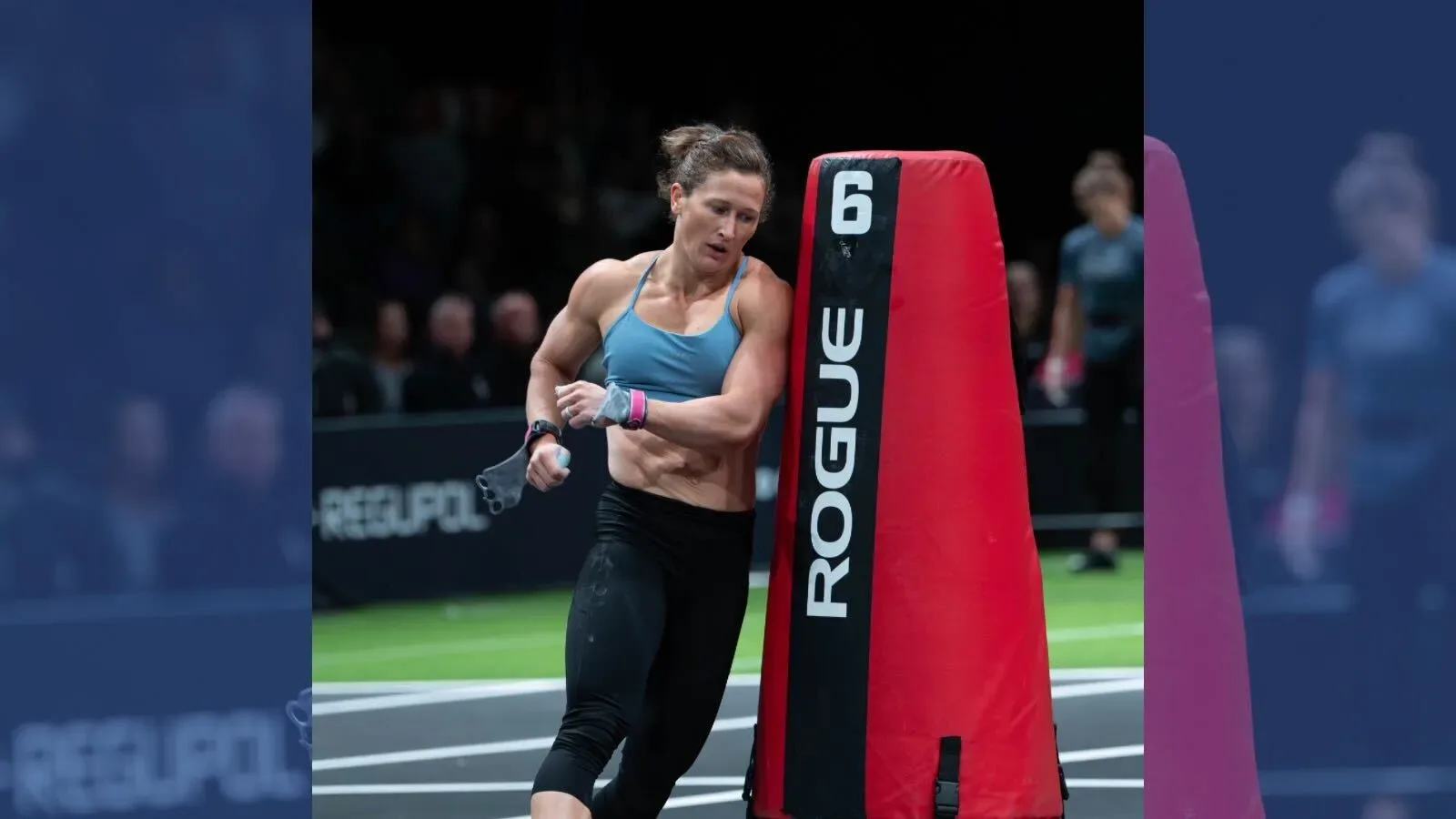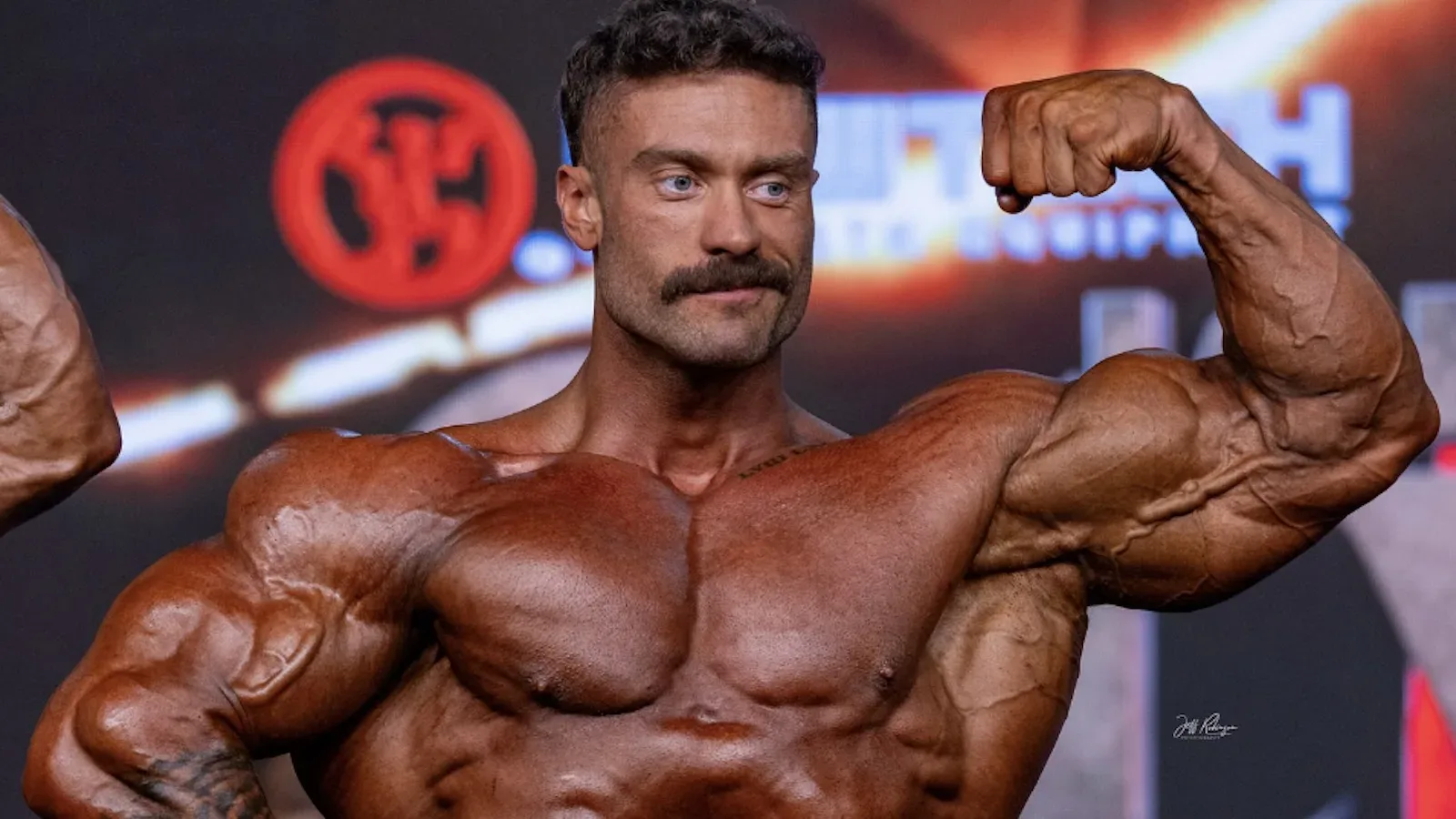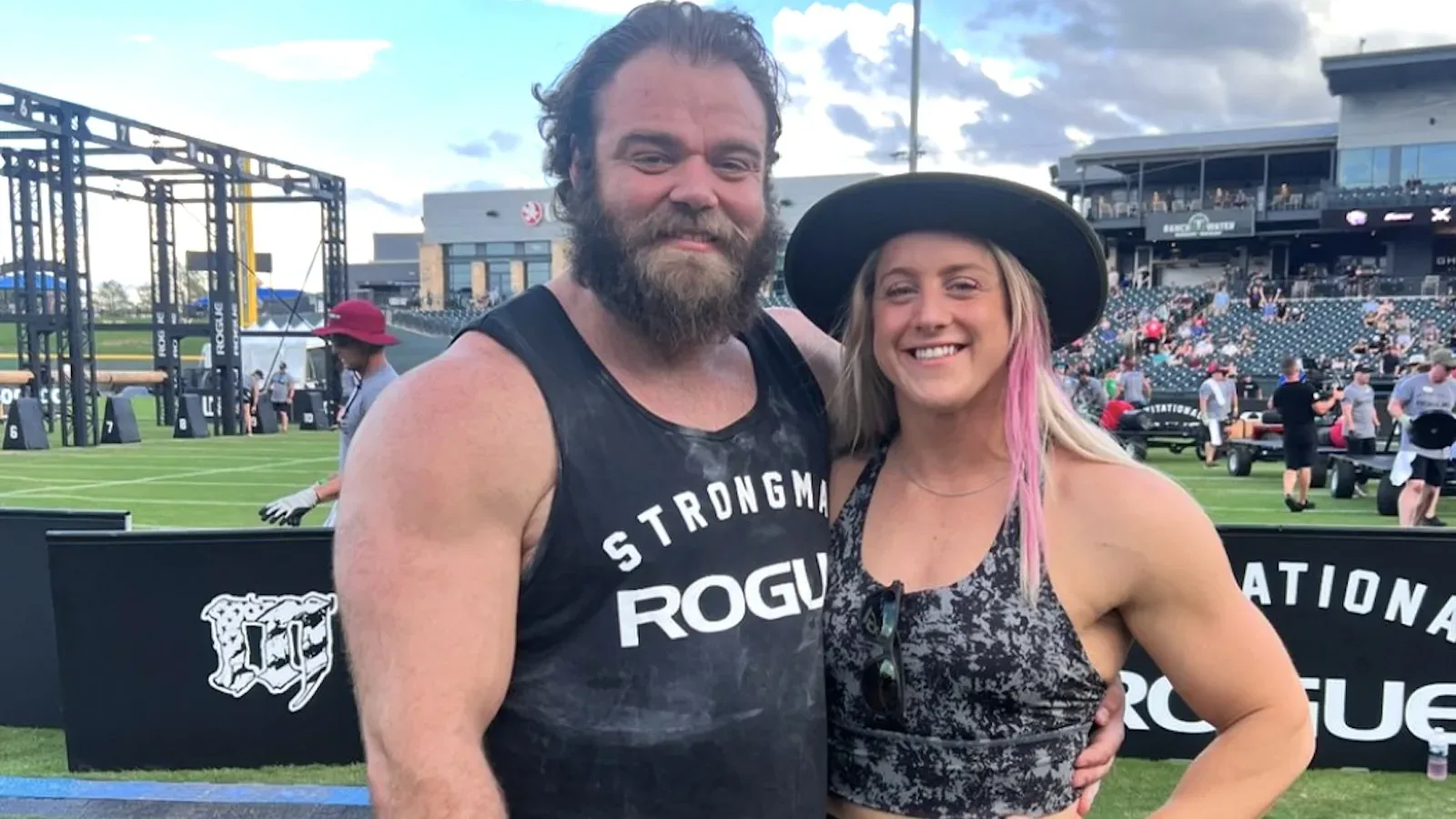Strongman Training Recovery: Saunas vs. Ice Baths for Muscle Growth
Intense strongman training puts significant stress and strain on the muscles, making rest and recovery critical for growth. While some may champion hot therapy as a post-workout recovery aid, others argue that cold therapy is superior. So which approach is more effective for muscle recovery and development: saunas or ice baths?
Examining the Efficacy of Hot vs. Cold Therapy
Dr. Layne Norton, a PhD in Nutritional Sciences and two-time IPF World Masters Champion, recently examined the efficacy of hot versus cold therapy after training. A recent study published in Medicine and Science in Sports and Exercise investigated recovery through cold and hot baths following exercise-induced muscle damage. The research revealed that only the hot bath significantly enhanced recovery rates for force development and alleviated muscle soreness.
The study measured various statistics, including peak torque rate of force development and muscle soreness, in trained participants who performed a damaging leg extension protocol. After their workouts, the participants were immersed in three different baths: 11°C (51.8°F), 36°C (96.8°F), and 41°C (105.8°F). The results showed that only the hot bath improved the rate of force development recovery and reduced muscle soreness, while both hot and cold baths reduced strength.
“What happens in the mind affects the body, and what happens in the body affects the mind,” he emphasized.
Potential Drawbacks of Cold Therapy
According to Dr. Norton, cold baths can help reduce inflammation but may also impact muscle protein synthesis, potentially inhibiting the rate of muscle and strength development following resistance training. In contrast, he explained that hot baths do not carry the same negative effects and may provide similar benefits without the drawbacks.
While cold therapy can be beneficial in certain situations, such as for fighters during weight-cutting or for athletes competing in back-to-back events, Dr. Norton cautioned against using it daily, as it has been shown to reduce the rate of muscle protein synthesis and development.
Prioritizing Sleep and Stress Management
Ultimately, Dr. Norton’s top recommendations for muscle recovery are prioritizing adequate sleep and managing psychological stress, as these factors significantly impact the body’s recovery processes.
🔗 Source










